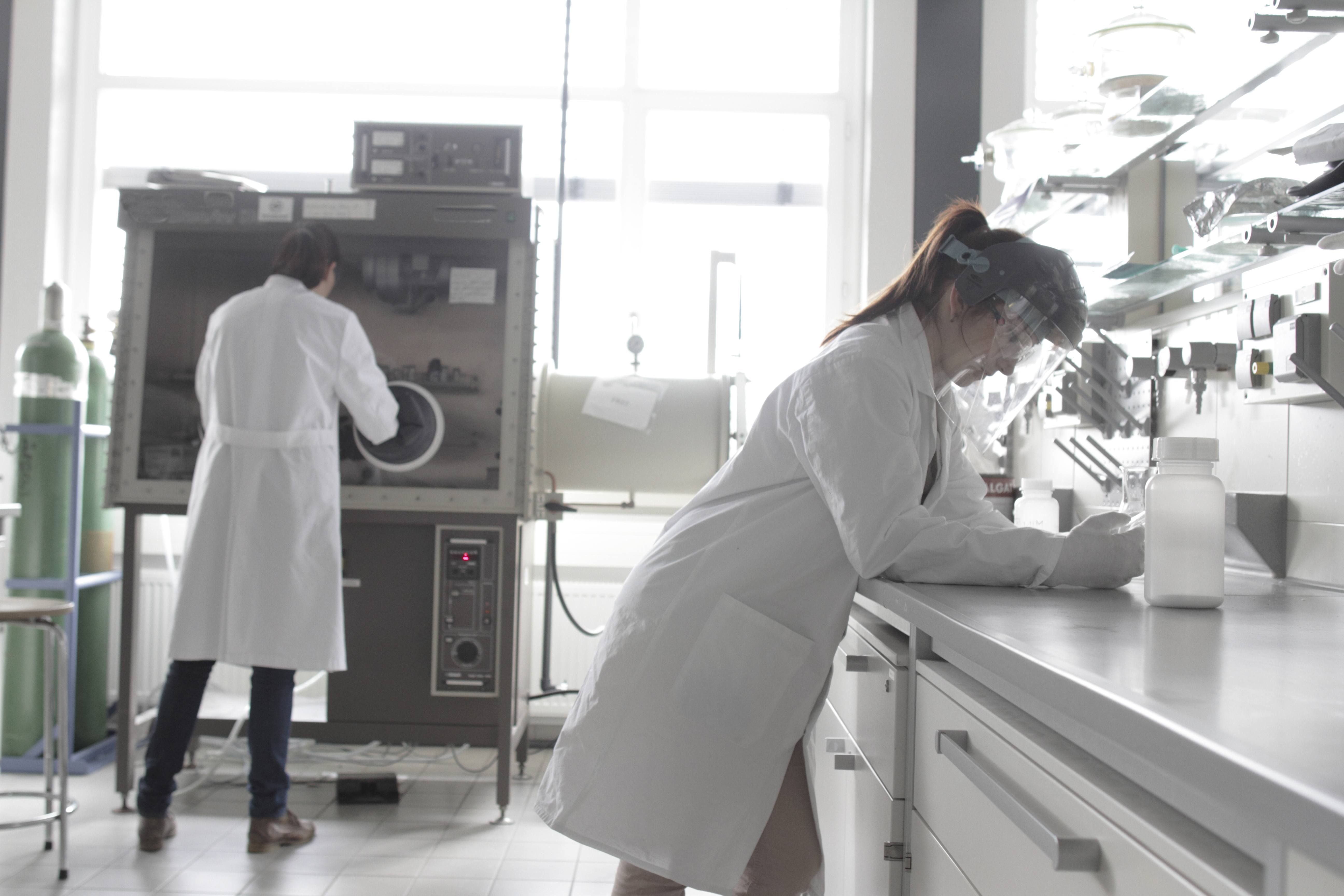Winter-Proofing Your Laboratory: A Guide to Winter Efficiency and Sample Safety

Winterizing your Lab
January brings us a new year full of opportunities and promise. However, maybe this season of cold is a time you’d rather hibernate like the natural world than propel yourself into action. Maybe even your equipment slows down or starts to creak more from the winter chill.
As the winter deepens, laboratories around the world face unique challenges in maintaining optimal conditions for stored substances. The drop in temperatures, coupled with fluctuating environmental conditions, can weaken the integrity of samples.
In this blog post, we'll explore practical tips and tricks to winter-proof your laboratory. Protect your substances, save energy, and embrace this winter season with confidence.
Optimize Cold Storage Efficiency
It’s amazing how a few simple precautions will transform your lab for the season. Begin your winterization by protecting your laboratory in the following ways:
Seal and Insulate
Begin your winter-proofing journey by checking for any leaks or gaps in the doors and seals of your cold storage units. A well-sealed unit prevents cold air from escaping and warm air from infiltrating—this is especially important in the winter months. Improve insulation in your lab by adding weather stripping around doors and windows. If your equipment faces extremely low external temperatures, consider using insulated panels to reduce the strain on internal systems. Even your equipment may need to bundle up.
Temperature Mapping
Conduct a thorough temperature mapping of your laboratory to identify areas of temperature fluctuation. This will help you strategically place sensitive equipment and stored substances in the most stable environments. Also monitor the internal temperatures of each of your units and decipher whether there’s a time of day or night that your samples face the greatest temperature drops. Consider turning up the heat in your lab during these times. Keep detailed temperature logs and regularly review these logs to identify trends or patterns that could indicate potential issues, helping you to address them proactively.
Backup Power Systems
Maybe the thought of a power outage is enough to send you into a panic. Power outages can be devastating in cold climates. For protection and peace of mind, invest in reliable backup power systems, such as generators or uninterruptible power supplies (UPS). It’s also helpful to have data logging capabilities on your equipment that track temperatures and keep records throughout power outages. Having these backups in place will give you protection and uninterrupted monitoring of your equipment and supplies.
Remote Temperature Monitoring
Implement remote temperature monitoring systems to keep an eye on your equipment from a distance. Real-time alerts will notify you of any deviations from the set temperature. With these alerts you’ll be able to take prompt action to prevent sample damage. While no one wants to wake up to an alert at midnight, it’s far worse to find thousands of dollars of waste in the morning.
Temperature Alarms
Install audible and visual temperature alarms in critical storage units. These alarms act as an additional layer of protection, alerting laboratory personnel to potential issues even when they are not actively monitoring the temperature.
Prevent Freezer Burn and Sample Degradation
Once you’ve taken care of the basics above, turn to the inside of your equipment. Packaging, stocking, and storage techniques play a huge role in protecting your substances for winter.
Proper Packaging
Make sure your samples are properly packaged, sealed, and contained to guard against freezer burn. Use airtight and moisture-resistant containers. This will create a barrier between the samples and the cold, dry air that causes freezer burn.
Rotate Stock Regularly
Implement a regular stock rotation system to reduce the risk of your samples degrading. This practice rotates older samples so they can be used or discarded before they reach a point where spoilage becomes a concern. In other words—if you find a vaccine from 2007, please don’t use it. Also make sure that your labeling is clear and dated appropriately. Unmarked mystery substances may be intriguing in a crime novel, but they’re not welcome in your lab refrigerator.
Wrapping up
Winter-proofing your laboratory is not only about protecting samples but also about maintaining the efficiency of your cold storage. By implementing these tips, you can navigate the winter season with confidence, making sure your lab is safe and efficient. Stay one step ahead of the winter chill and protect the heart of your scientific endeavors. Go ahead—welcome the cold.
Discover our innovative offering of laboratory cold storage for clinical, industrial, and scientific markets. Explore today. ABS | American Biotech Supply
